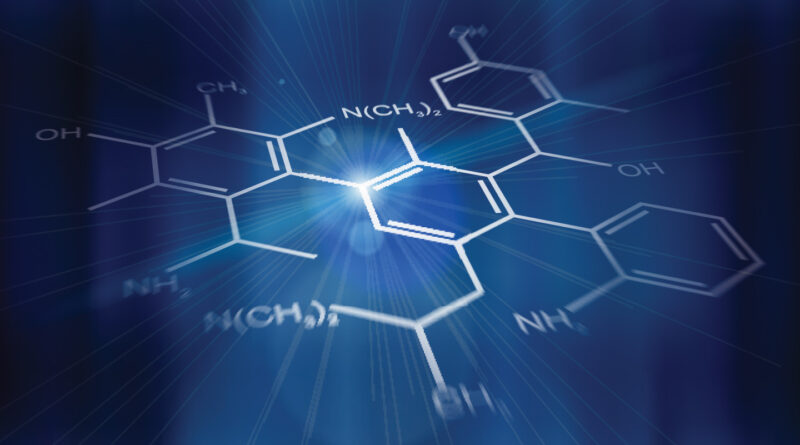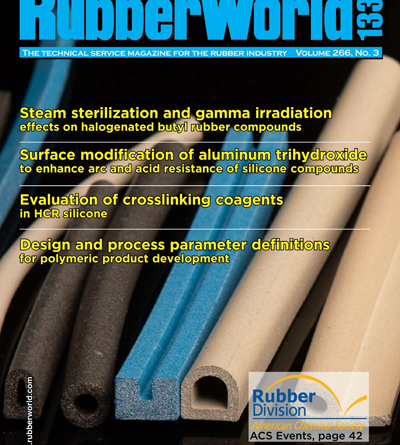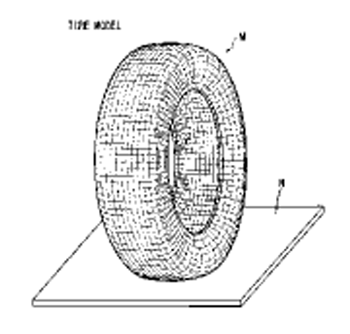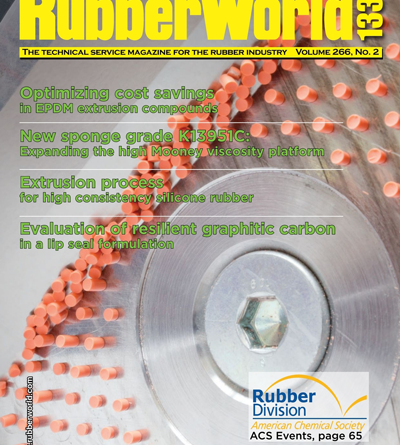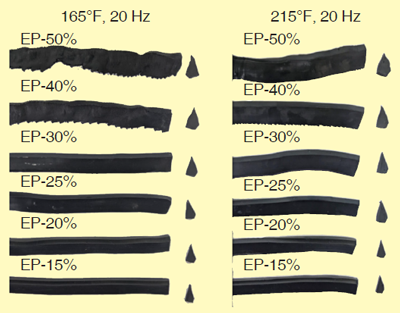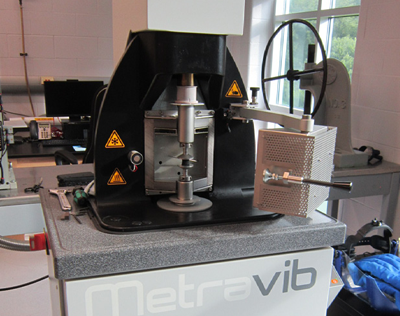Dow, Bridgestone develop silicone tire sealant
Bridgestone Americas and Dow have partnered to develop BSeals, a recyclable, silicone based tire sealant technology. The extended mobility solution was introduced at the 2022 Silicone Expo in Detroit, MI, in June, and represents more than four years of joint research and development between the two companies.
Read More

